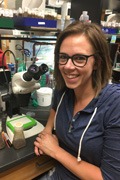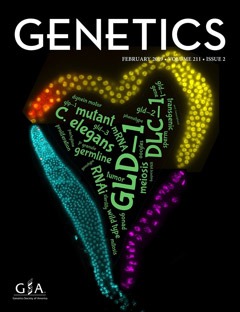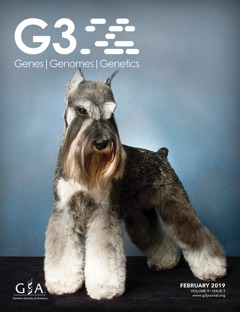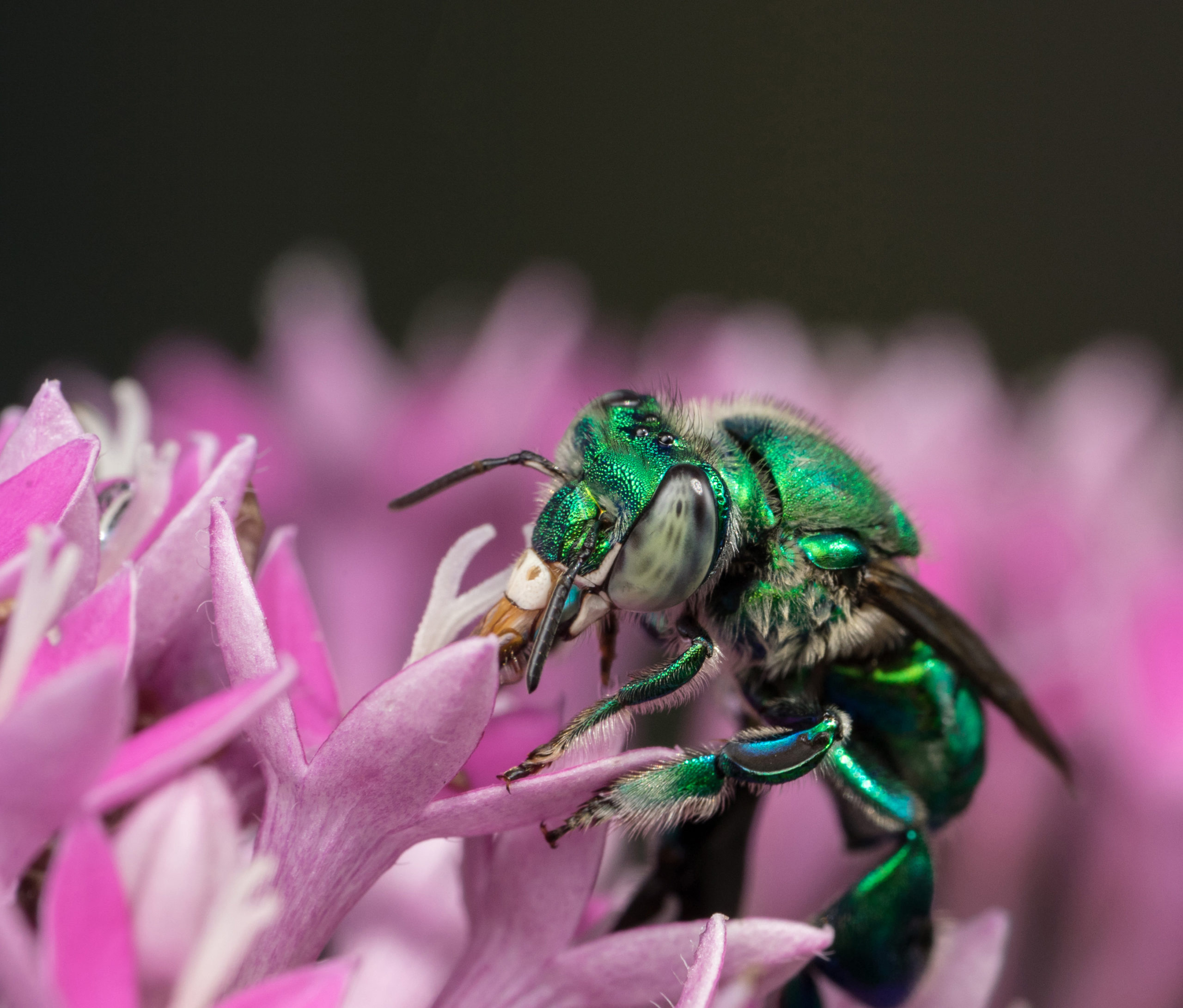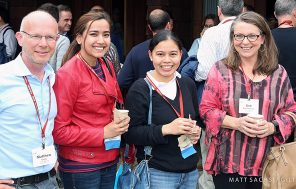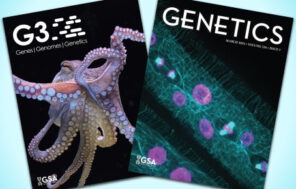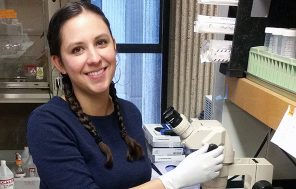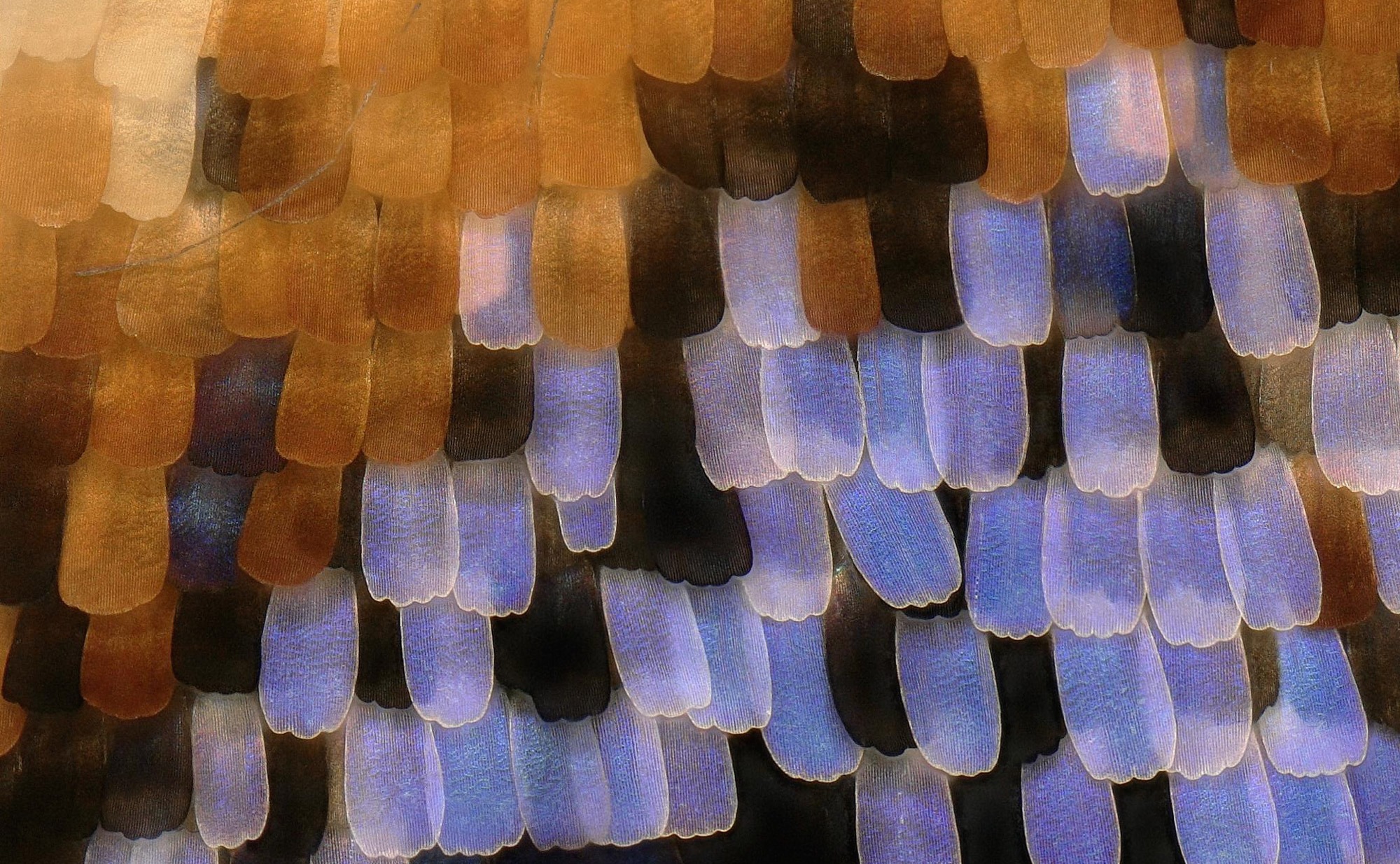News & Events
Conferences
GSA conferences foster collaboration, resource development, and the spread of technology and ideas.
Publications
Our peer-reviewed journals GENETICS and G3: Genes|Genomes|Genetics publish high-quality, original genetics research across the breadth of the field.
Career Development
GSA professional development programs provide rich opportunities for scientists to gain skills and experience.
Come to a conference!
Find and post jobs.
Jobseekers:
Looking for a job, postdoc, studentship, or internship? Post a resume, apply for jobs, and sign up for job alerts!
Employers:
Reach a broad range of biologists at all career stages and from all sectors. Postdoc and student positions can be posted free of charge.
Latest job postings:
- Assistant Professor of Biology | Saint Mary's College
- Tenure Track Assistant Professor in Genomics | Colgate University
- Assistant Professor of Bioengineering | Department of Bioengineering, School of Engineering and Computing, Rice University
- Assistant Investigator, Proteomics | Allen Institute
- Chief AI Officer | University of North Carolina System
Read the latest.

How Drosophila can help health science labs do more with less in Brazil
In Brazil, the FlyPower group has been promoting and advocating for biomedical Drosophila research in diverse ways, and shown that fly culture can be up to seven times cheaper than mammalian cell culture.

Near-perfect genome editing in a deadly fungus
C. neoformans researchers introduce a toolkit that simplifies CRISPR editing—with HDR rates rarely seen in fungal systems.

A first of its kind C. elegans study uncovers the diversity and evolution of gene regulation
A new paper in GENETICS shows how multiple strains of C. elegans developed their own unique methods for controlling gene activity.

It was critical that GSA was so willing to put their faith in us. Many people didn’t initially have a lot of confidence that a group of postdocs could organize a new event of this scale.
Learn more

